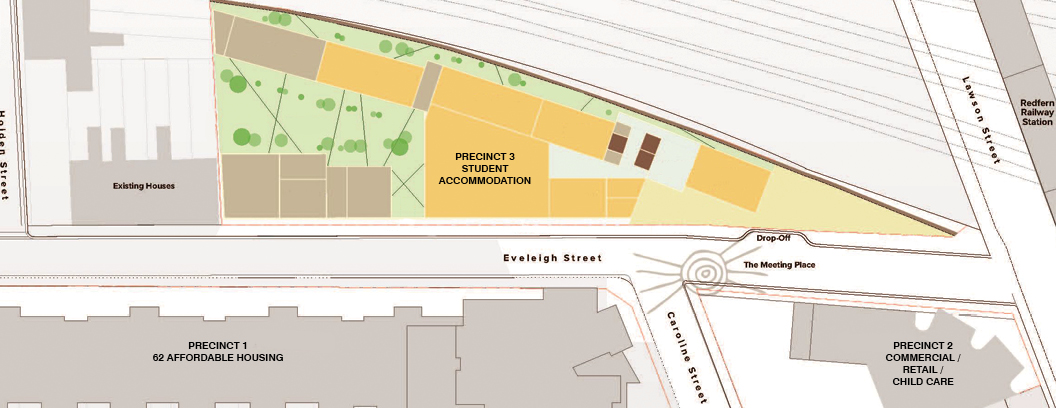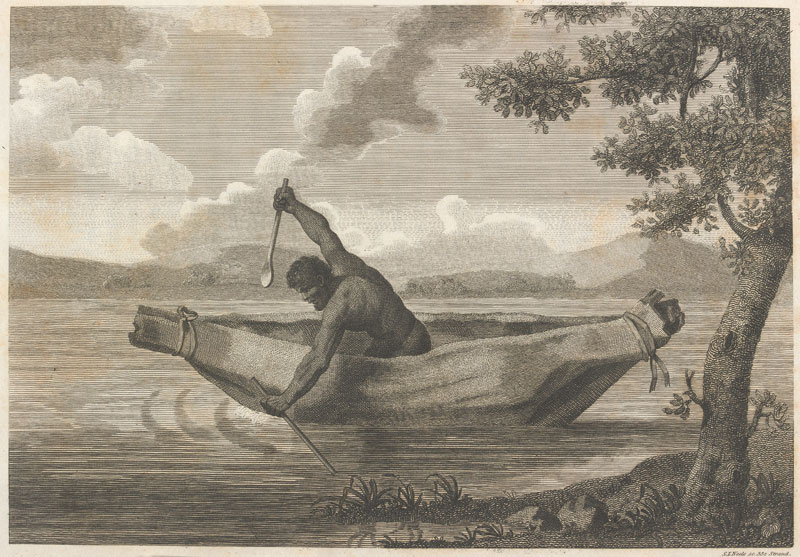About the Pemulwuy Project
PEMULWUY THE WARRIOR
Pemulwuy, was a Bidjigal man from the Botany Bay area of Sydney. He was a warrior, and a hero to all people throughout the country, by naming the redevelopment after Pemulwuy we pay respect to him. Pemulwuy fought against colonisation which was a threat to his people and culture.
His spirit lives on in this urban development. His legacy ensures that the identity and culture of Aboriginal and Torres Strait Islander people continues to be handed down to future generations.
Pemulwuy Project
The Pemulwuy Project is the redevelopment of the land known as “the Block” owned and developed by the Aboriginal Housing Company Ltd. We are redeveloping the land into a mixed used site which includes affordable housing for 62 Aboriginal and Torres Strait Islander families, a world class boxing gym, commercial and retail space, a gallery, student accommodation, and a childcare centre.
PRECINCTS
Pemulwuy Project includes three adjacent precincts located between Louis Street and the railway corridor, opposite Redfern train station. The mixed use site will include:
- Precinct 1 will feature affordable housing for Aboriginal and Torres Strait Islander people, gallery, Elouera Tony Mundine gym.
- Precinct 2 will feature commercial and retail spaces, childcare.
- Precinct 3 will feature the Col James student accommodation.

The AHC believes that a community is built from more than bricks and mortar. Pemulwuy will be a sustainable, social, urban development – developed by the AHC – creating a vibrant community for generations to come.
There will be no changes to the previously DA approved affordable housing and commercial precincts – Precincts 1 and 2. The changes include increasing the number of student accommodation rooms in Precinct 3, which will allow the AHC to fund the entire project on its own.
This new model will enable all three precincts to be delivered in one stage and will ensure the AHC remains debt free and sole legal owners and custodians of the land.
Pemulwuy will provide a strong economic foundation, which will enable a sustainable environment. The redevelopment will breathe new life into Redfern and restore a strong and healthy Aboriginal and Torres Strait Islander community with an emphasis on cultural values, spirituality, education and employment.
FUNDING MODEL
Our funding model for the Pemulwuy Project will allow us to deliver on our core objectives:
- To deliver quality affordable housing to the Aboriginal and Torres Strait Islander community
- To retain full ownership and control of the site
- To create history for the Aboriginal and Torres Strait Islander people through a new era of self-determination
- By delivering this project to the community with no financial burden to our future generations, it means that they too can maintain long-term financial independence.
The funding model means that we have had to modify the existing DA, amending the number of student accommodation from 154 to 522 rooms and the height of the building from 6 storeys to 24. This will allow the AHC to unlock the value of the land.
The AHC is granting a 99-year lease to a student accommodation provider, who will pay the lease up front. This income will allow the AHC to fully fund the development of Precincts 1 and 2 – allowing us to build and deliver 62 affordable housing for our Aboriginal and Torres Strait Islander community first.
Aboriginal and Torres Strait Islander students will be allocated a proportion of student beds.
The Aboriginal and Torres Strait Islander and Redfern community will benefit from employment and training opportunities
The AHC is to lead cultural heritage education for Pemulwuy students as part of student life on site.
Links to Current DA

This engraving by Samuel John Neele of James Grant’s image of ‘Pimbloy’ is believed to be the only known depiction of Pemulwuy. It was published in Grant’s The narrative of a voyage of discovery, performed in His Majesty’s vessel the Lady Nelson, of sixty tons burthen, with sliding keels, in the years 1800, 1801 and 1802, to New South Wales, 1803. State Library of New South Wales Q80/18.


